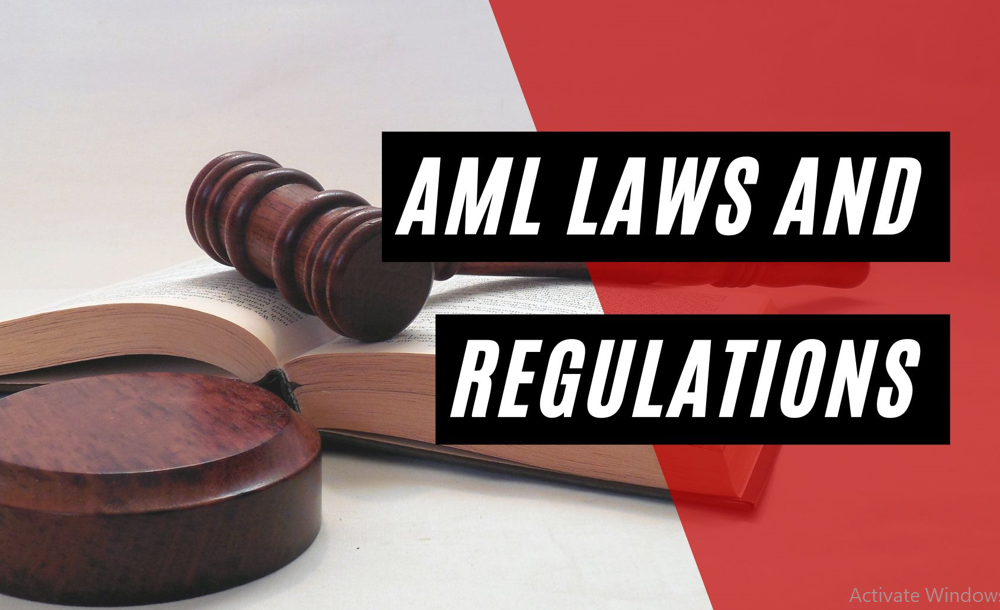Regulating document verification in real estate is pivotal for streamlining financial transactions and ensuring market integrity. According to Markets and Markets, the global identity verification market is projected to grow significantly, driven by increasing concerns over identity theft and fraud in various sectors, including real estate. Implementing robust regulatory frameworks enhances transparency and trust by verifying the authenticity of crucial documents such as property deeds, agreements, and financial records.
This proactive approach not only mitigates risks associated with fraudulent activities but also fosters a more secure environment for property transactions, thereby bolstering investor confidence and facilitating smoother financial operations in the real estate sector.
Importance of Document Verification in Real Estate
Document verification in real estate involves the meticulous process of confirming the authenticity and accuracy of various documents critical to property transactions. These documents typically include title deeds, sale agreements, property tax receipts, and building permits. Each document serves as a legal instrument that substantiates ownership, financial obligations, and regulatory compliance.
Traditional vs. Digital Document Checks
Traditionally, document verification relied heavily on physical inspections and manual checks conducted by legal experts and notaries. This process, while effective, was time-consuming and prone to human error. However, with the advent of digital technologies, the landscape of document verification has undergone a transformative shift.
Digital document checks leverage advanced technologies such as Optical Character Recognition (OCR), blockchain, and secure online platforms to streamline the verification process. These technologies enable real-time verification of documents against databases, ensuring swift and accurate validation without compromising security.
The Process of Document Verification
The process of document verification begins with the collection of pertinent documents from property owners or sellers. These documents are then subjected to thorough scrutiny to verify their authenticity. Key steps in the verification process include:
- Identification and Collection: Gathering all relevant documents related to the property transaction, including ownership documents, tax receipts, and building approvals.
- Validation and Authentication: Employing digital tools to verify the legitimacy of documents by cross-referencing them with government databases and historical records. This step ensures that documents are not forged or altered.
- Compliance Check: Ensuring that all documents comply with local regulations, zoning laws, and environmental standards. Compliance checks are crucial to mitigating legal risks associated with the property transaction.
- Digital Document Check: Utilizing online platforms and specialized software to perform digital checks. These checks involve scanning documents for authenticity markers, validating signatures, and confirming the absence of tampering.
Challenges in Document Verification
Despite technological advancements, document verification in real estate encounters several challenges:
- Forgery and Fraud: The persistent threat of forged documents and fraudulent activities remains a significant concern. Digital solutions mitigate these risks but require robust security measures.
- Complex Regulatory Landscape: Navigating diverse regulatory frameworks across regions and jurisdictions poses challenges for standardizing document verification processes.
- Integration of Technology: Adopting and integrating new technologies into existing workflows requires investment in training and infrastructure, impacting adoption rates.
Advantages of Digital Document Verification
The shift towards digital document verification offers numerous advantages:
- Efficiency: Reduces processing time and enhances operational efficiency by automating repetitive tasks.
- Accuracy: Minimizes errors associated with manual verification processes, ensuring higher accuracy and reliability.
- Transparency: Provides stakeholders with real-time access to verified documents, fostering transparency and trust in transactions.
Future Trends in Global Document Verification
Looking ahead, the future of document verification in real estate is poised for further innovation:
- Blockchain Technology: Utilizing blockchain for immutable record-keeping and transparent transaction histories.
- Artificial Intelligence: Leveraging AI algorithms for predictive analytics and anomaly detection in document verification.
- Regulatory Compliance: Enhancing compliance frameworks to adapt to evolving regulatory landscapes globally.
Conclusion
Document verification is indispensable in the realm of real estate transactions, ensuring legal compliance, mitigating risks, and fostering trust among stakeholders. While traditional methods have their merits, the advent of digital solutions has revolutionized the efficiency and security of document verification processes. Embracing these advancements is crucial for navigating the complexities of modern real estate markets and safeguarding the interests of all parties involved. As technology continues to evolve, so too will the methodologies and standards of document verification, shaping the future of real estate transactions worldwide.













Leave a Reply